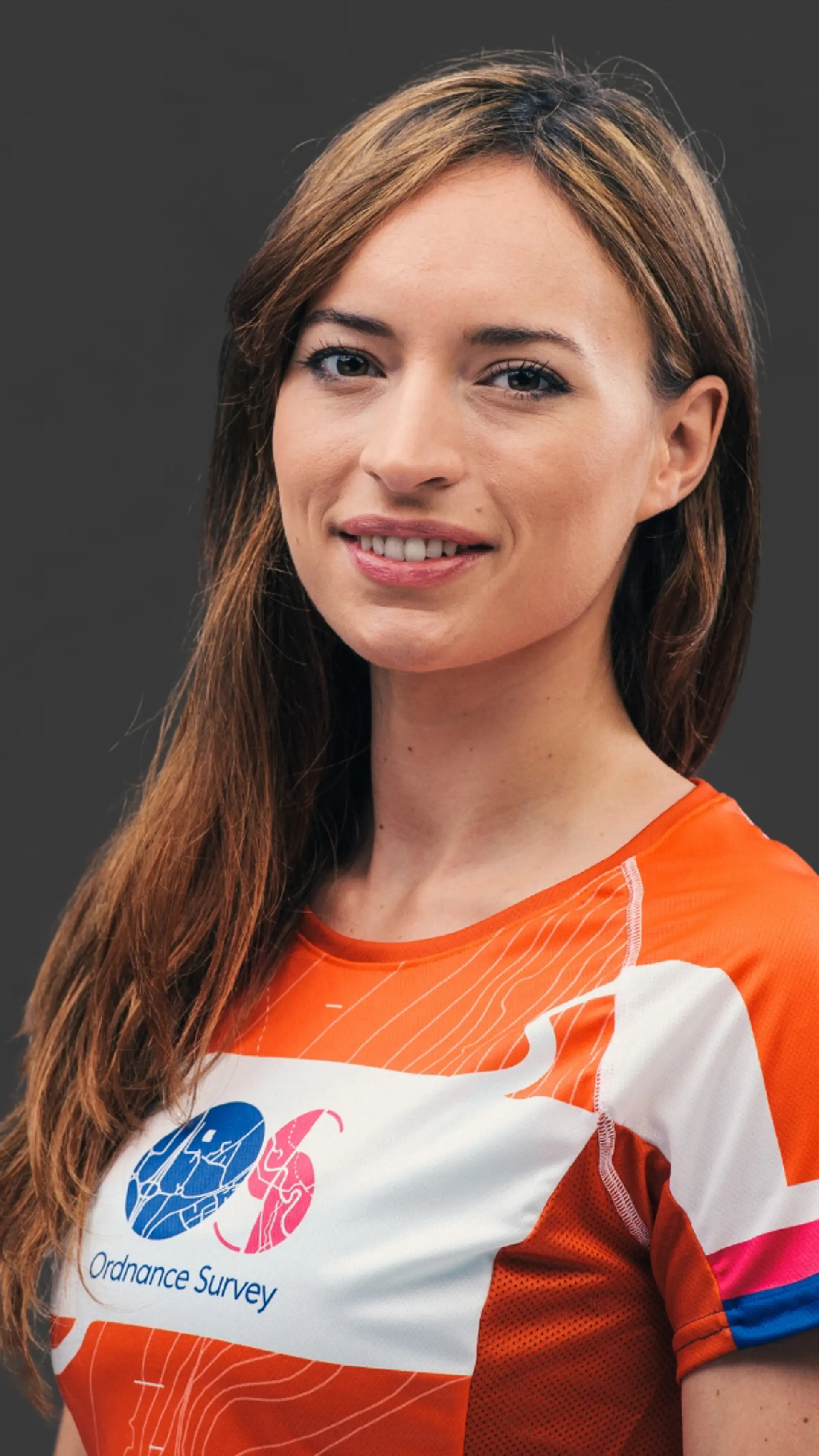The inspirational true story of how data transformed mountaineering.
Bonita Norris explores how the first ascent of Everest was made possible by data and scientific rigour after 30 years of failed attempts on the world's highest peak.
The story we all know and love about the first ascent of Everest in 1953 is that of man over mountain: Edmund Hillary and Tenzing Norgay's superhuman effort to make it to the summit. But is that the whole story behind the first ascent? This inspiring keynote tells of the unsung hero of Everest, Dr Griffith Pugh, who unlocked the mystery of how to get the two climbers to the top and back down again - alive, using data.
Today, we are grasping to understand how the data and AI revolution will transform our lives. Within this uncertainty there is a reluctance to change, and a fear of leaving old ways behind. We wouldn't be alone in feeling this way: 70 years ago the pioneers of Everest were grappling with much the same- their belief system, so closely held onto, was actually holding them back from realising their potential.
In this talk, Bonita Norris explores how a reluctance to change stifled the British from the first ascent of Everest for nearly 30 years, until an outsider to the climbing community became the disruptor they didn't want- but desperately needed.
This keynote reframes the story of the first ascent of Everest as a triumph not of man over mountain but of data over dogmatic thinking.
The keynote explores three key themes:
- How reluctance to change holds us back from progress, becoming the biggest obstacle (bigger than Everest itself) and how we can all fall victim to being change haters.
- How it is outsiders that often become disruptors, often at great personal cost
- It is still humans that harness data and AI- as Bonita knows, even with the world's most advanced data and equipment, she still had to push her body to the extreme to reach the summit of Everest. It's the relationship of the two: human and data, that is a potent force.












